Chalazion is a non-infectious eye condition that causes eyelid swelling and the formation of a lump on the eyelid due to a blocked oil gland. Seeking medical attention is important for proper diagnosis and treatment to maintain optimal eye health. Home remedies and medical interventions are available for treatment. Coping strategies and follow-up care can alleviate symptoms and promote healing for chalazion, a condition characterized by eyelid swelling and lumps that can affect eye health.
Chalazion is a common eyelid condition that affects many people worldwide. It is a non-infectious swelling or lump on the eyelid caused by blockage of the oil glands. Although it is not typically a serious condition, it can cause discomfort and affect eye health if left untreated. In this article, we will delve into the causes, symptoms, and treatments of chalazion. We will also discuss how it affects eye health and the complications that may arise. Additionally, we will explore home remedies and medical interventions that can help manage chalazion, coping strategies, and follow-up care. Whether you have been diagnosed with chalazion or want to learn more about this condition, this article will provide valuable insights on how to manage it effectively and maintain optimal eye health.
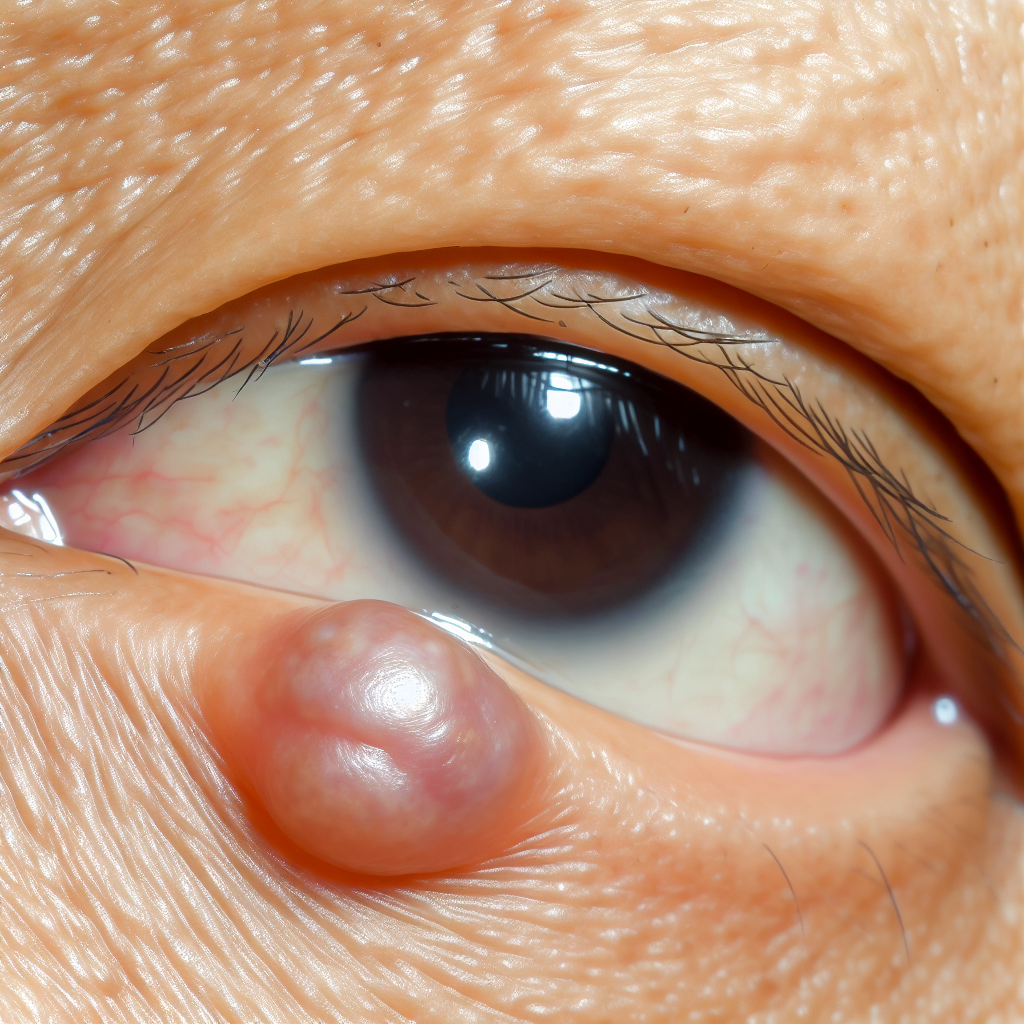
Chalazion is a common eye condition that causes eyelid swelling and the formation of a lump on the eyelid. It is a non-infectious condition that occurs when a small oil gland in the eyelid becomes blocked. This blockage can lead to the buildup of oil and create a lump that can be felt or seen on the eyelid.
The exact cause of chalazion is not known, but there are several risk factors that can increase the likelihood of developing this condition. These risk factors include:
1. Poor eyelid hygiene: Failure to keep the eyelids clean can lead to the accumulation of dirt and oil, which can block the oil glands and cause chalazion.
2. Blepharitis: This is a condition that causes inflammation of the eyelids, which can also lead to blockage of the oil glands and the development of chalazion.
3. Rosacea: People who have rosacea, a skin condition that causes redness and inflammation of the face, are more likely to develop chalazion.
4. Meibomian gland dysfunction: This is a condition that affects the oil glands in the eyelids and can lead to the development of chalazion.
5. Age: Chalazion is more common in adults, particularly those over the age of 30.
6. Immune system disorders: People with immune system disorders such as HIV or AIDS are more likely to develop chalazion.
It is important to note that chalazion is not contagious and cannot be spread from person to person. However, it is important to seek medical attention if you suspect you have chalazion. Your eye doctor can provide a proper diagnosis and recommend appropriate treatment options to manage the condition and prevent complications.
In summary, chalazion is a common eye condition that can cause eyelid swelling and the development of a lump on the eyelid. It is caused by a blockage of the oil gland in the eyelid and several risk factors can increase the likelihood of developing chalazion. Maintaining good eyelid hygiene and seeking medical attention at the first sign of symptoms can help prevent complications and ensure optimal eye health.
2. Identifying Symptoms of Chalazion: Eyelid Swelling and Lump
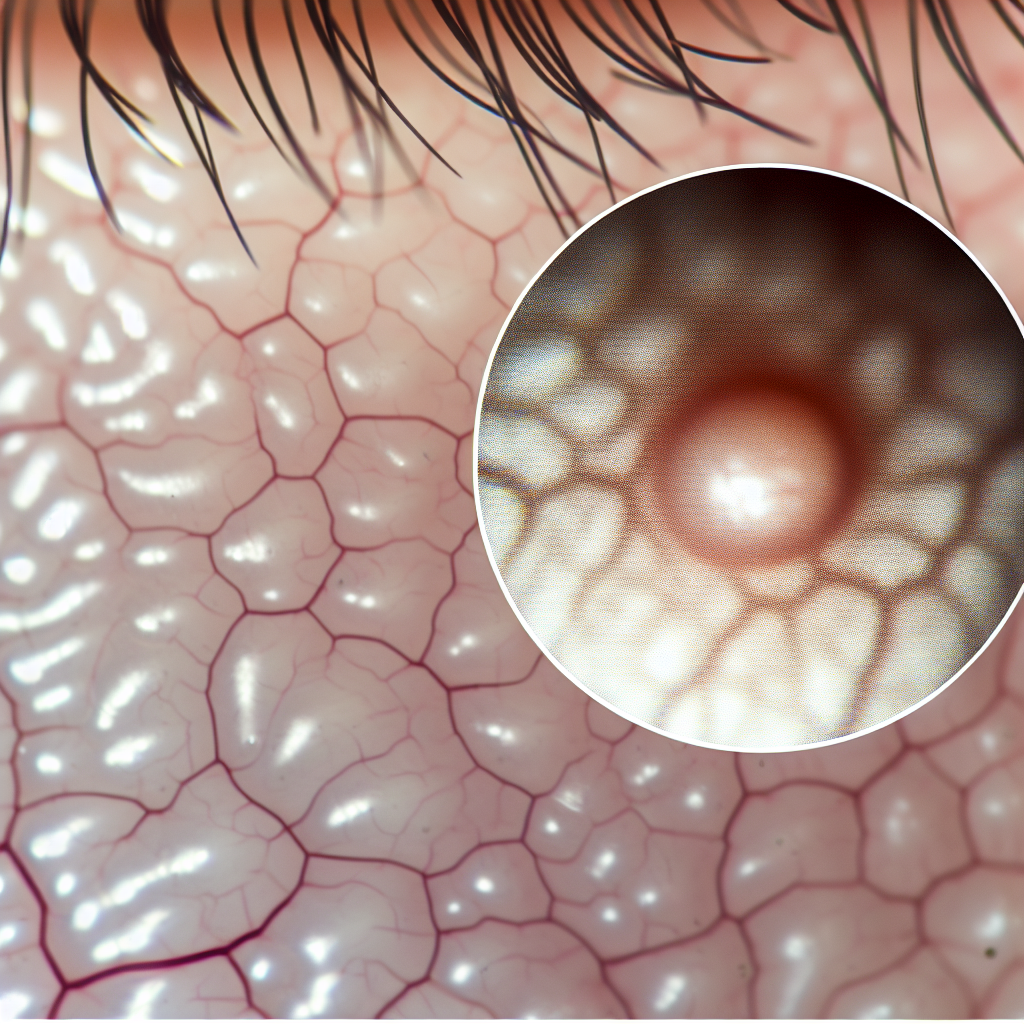
Chalazion is a common condition that affects the eyelid. One of the most noticeable symptoms of chalazion is eyelid swelling and lump formation. The lump is usually painless and can appear on the upper or lower eyelid. It can be as small as a pinhead or as large as a pea.
The lump is caused by the blockage of the oil gland in the eyelid. This blockage leads to the accumulation of oil and the formation of a lump. In some cases, the lump can become infected, causing redness, pain, and tenderness.
If you notice a lump on your eyelid, it is important to seek medical attention. Your doctor can examine the lump and determine whether it is a chalazion or another condition.
In addition to the lump, other symptoms of chalazion may include:
– Redness or swelling of the eyelid
– Tenderness or pain
– Blurred vision
– Sensitivity to light
– Watery eyes
– Itchy or dry eyes
If you experience any of these symptoms, it is important to see an eye doctor. They can perform a thorough eye exam and determine the best course of treatment.
Ignoring chalazion can lead to complications such as infection, scarring, and vision problems. Therefore, it is important to seek medical attention as soon as possible.
Maintaining good eye health is essential to prevent chalazion and other eye conditions. This can be achieved by practicing good hygiene, avoiding touching your eyes, and wearing protective eyewear when necessary.
In conclusion, eyelid swelling and lump formation are common symptoms of chalazion. If you notice these symptoms, it is important to seek medical attention to prevent complications and ensure proper treatment. By maintaining good eye health, you can reduce your risk of developing chalazion and other eye conditions.
3. How Chalazion Affects Eye Health: Complications and Prevention
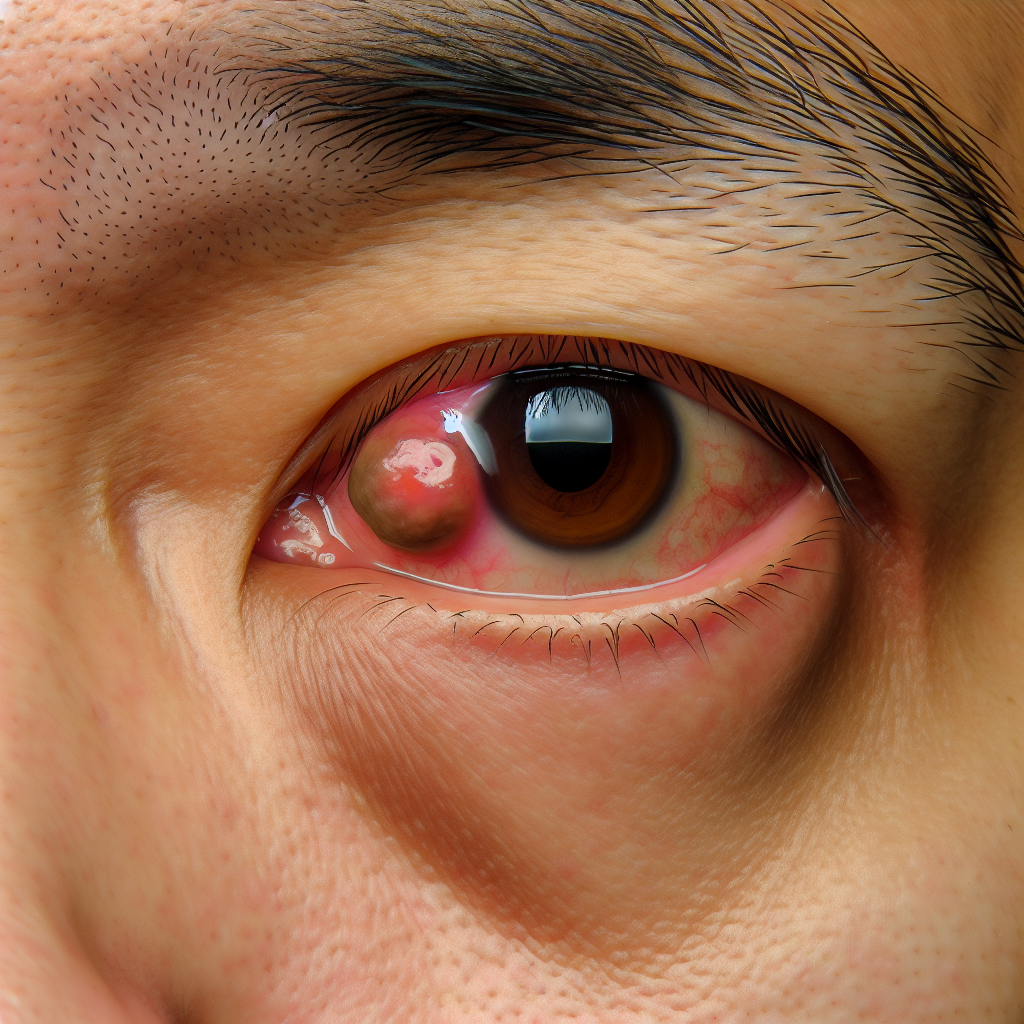
Chalazion is an eyelid lump that can cause discomfort, irritation, and vision problems if left untreated. While it is not a serious condition in most cases, it can have an impact on eye health if complications arise.
One of the potential complications of chalazion is the risk of infection. If the lump becomes infected, it can cause redness, pain, and swelling in the surrounding area. In severe cases, the infection can spread to other parts of the eye, leading to more serious health issues.
Another potential complication is the risk of vision problems. If the chalazion grows large enough, it can put pressure on the eye and affect vision. This can cause blurred vision, double vision, and other visual disturbances.
To prevent these complications, it is important to seek treatment for chalazion as soon as possible. This may involve using warm compresses to reduce swelling, taking antibiotics to prevent infection, or having the lump surgically removed.
In addition to treatment, there are also steps you can take to prevent chalazion from occurring in the first place. These include practicing good hygiene, avoiding touching your eyes with dirty hands, and using makeup and other products that are gentle on the eyes.
By understanding the potential complications of chalazion and taking steps to prevent and treat it, you can help protect your eye health and maintain clear vision. If you are experiencing symptoms of chalazion, be sure to consult with your eye doctor to determine the best course of action.
4. Treating Chalazion: Home Remedies and Medical Interventions
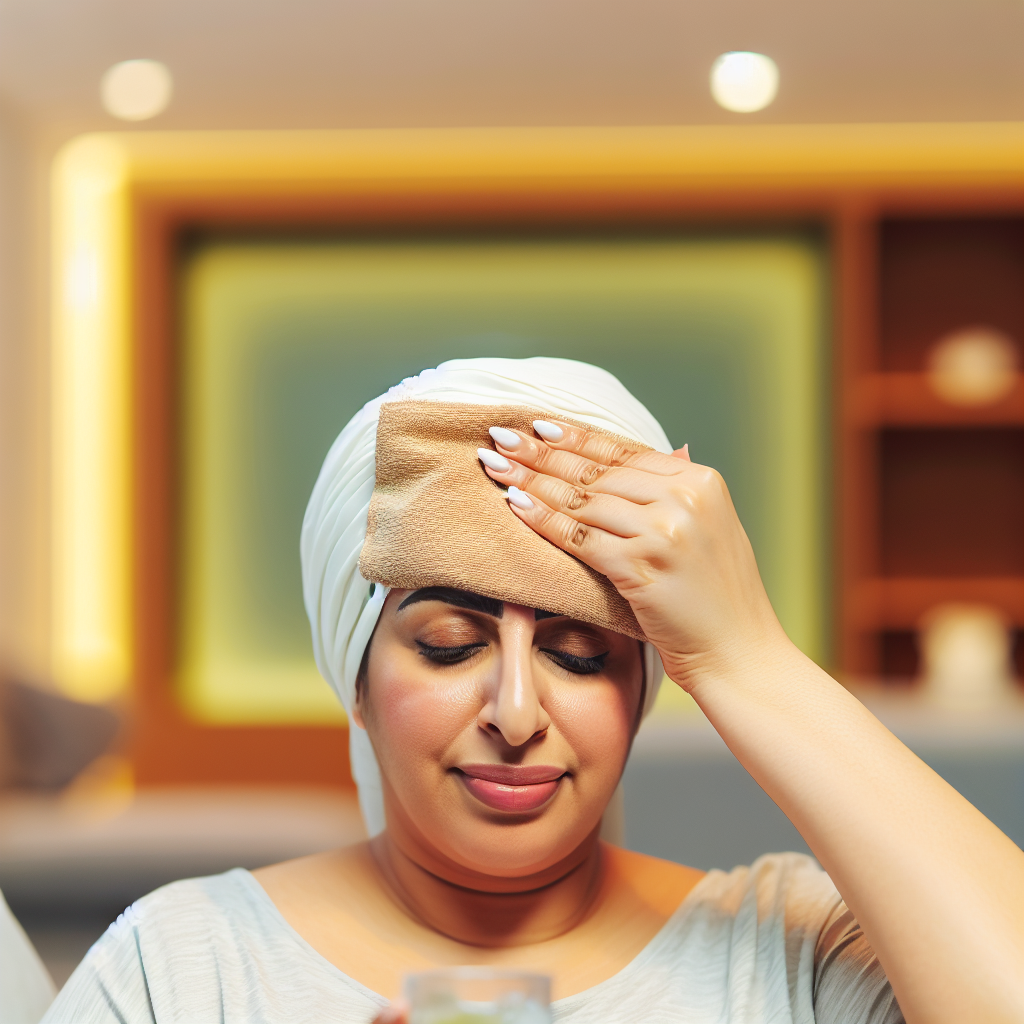
Treating Chalazion: Home Remedies and Medical Interventions
If you suspect you have a chalazion, it is important to seek medical attention to determine the best course of treatment. Depending on the severity and location of the chalazion, your doctor may recommend home remedies or medical interventions.
Home remedies for chalazion include applying warm compresses to the affected area for 10-15 minutes several times a day. This can help to soften the blocked oil gland and promote drainage. You can also gently massage the area to encourage drainage. However, if the chalazion is painful or does not improve after a few days, it is important to seek medical attention.
Medical interventions for chalazion vary depending on the severity of the condition. For mild cases, your doctor may prescribe antibiotic eye drops or ointments to reduce inflammation and infection. In more severe cases, your doctor may recommend a steroid injection or surgery to remove the chalazion.
Surgery for chalazion is typically an outpatient procedure performed under local anesthesia. During the procedure, your doctor will make a small incision in the eyelid and remove the chalazion. The incision is then closed with stitches, which are typically removed after a week.
While chalazion can be uncomfortable and unsightly, it is important to remember that it is not typically a serious condition. With proper treatment, most chalazion will resolve within a few weeks to a few months. If you experience eyelid swelling or a lump, consult your eye doctor to determine the best course of treatment for your specific condition and to ensure good eye health.
5. Living with Chalazion: Coping Strategies and Follow-up Care
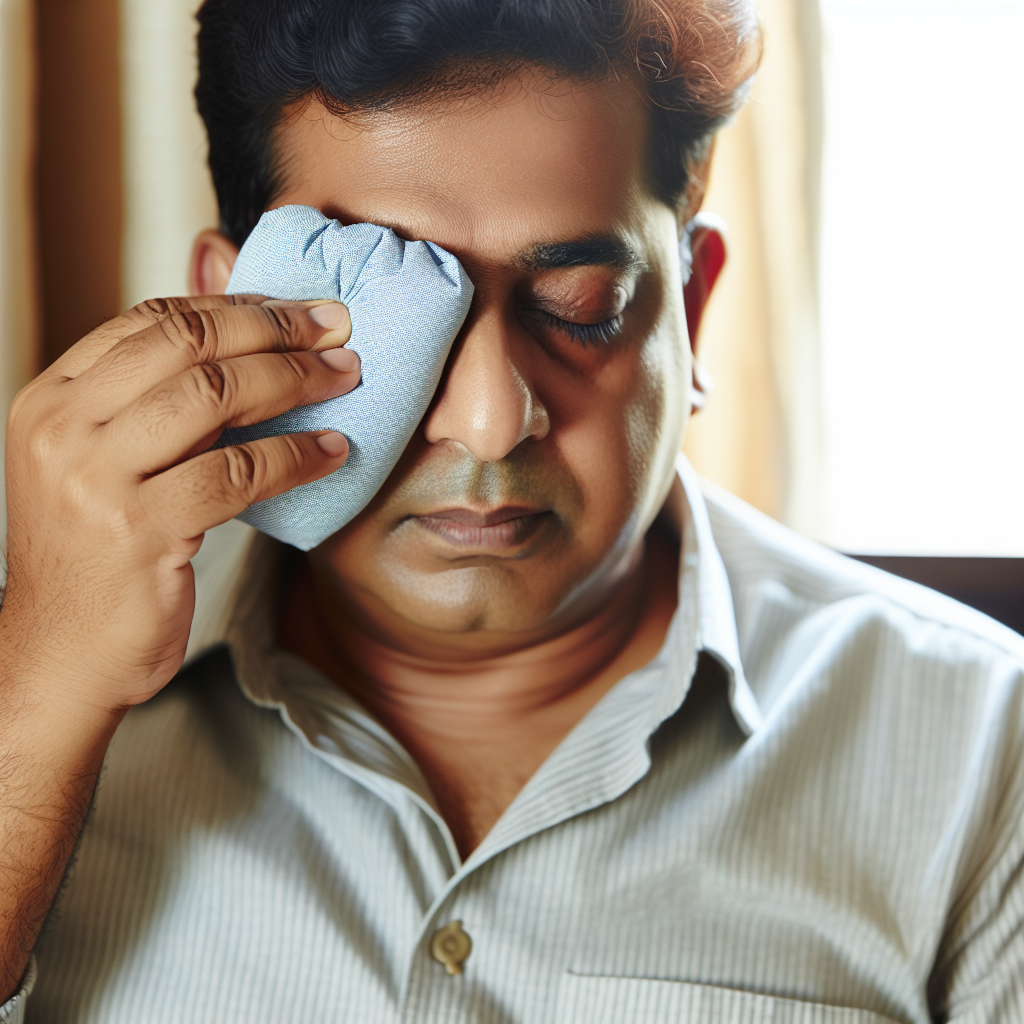
Living with Chalazion: Coping Strategies and Follow-up Care
Living with chalazion can be uncomfortable and frustrating, but there are coping strategies that can help. The following tips may help alleviate symptoms and improve eye health:
1. Apply Warm Compresses: Applying warm compresses to the affected eyelid can help reduce swelling and pain associated with chalazion. Simply soak a clean cloth in warm water and place it over your closed eye for 10 to 15 minutes, several times a day.
2. Maintain Good Hygiene: Keeping your eyelids clean is crucial for managing chalazion. Use a mild soap and warm water to gently wash your eyelids twice a day. This can help prevent infection and promote healing.
3. Avoid Touching Your Eyes: Touching your eyes with dirty hands can introduce bacteria and exacerbate chalazion symptoms. Try to avoid rubbing or touching your eyes, and wash your hands frequently.
4. Use Eye Drops: Artificial tears or lubricating eye drops can help soothe dry, irritated eyes associated with chalazion. These drops can also help flush out any debris or bacteria in the eye.
5. Follow-up Care: If you have chalazion, it’s important to follow up with your eye doctor regularly. They can monitor your condition and recommend additional treatments if necessary, such as steroid injections or surgical removal.
In conclusion, living with chalazion can be challenging, but there are strategies you can use to cope with symptoms and promote healing. By following these tips and seeking proper follow-up care, you can improve your eye health and manage chalazion more effectively.
In conclusion, chalazion is a common eye condition that causes eyelid swelling and lumps. It can be caused by various factors such as bacterial infections, hormonal changes, and poor hygiene. Although it may not be a serious condition, it can affect eye health and lead to complications if left untreated. It is important to identify the symptoms of chalazion early on and seek medical attention if necessary. Treatment options range from home remedies to medical interventions, and follow-up care is crucial to ensure complete healing. Coping strategies such as warm compresses and proper hygiene can also help manage chalazion. By understanding the causes, symptoms, and treatments of chalazion, individuals can take proactive steps to maintain their eye health and prevent complications.
